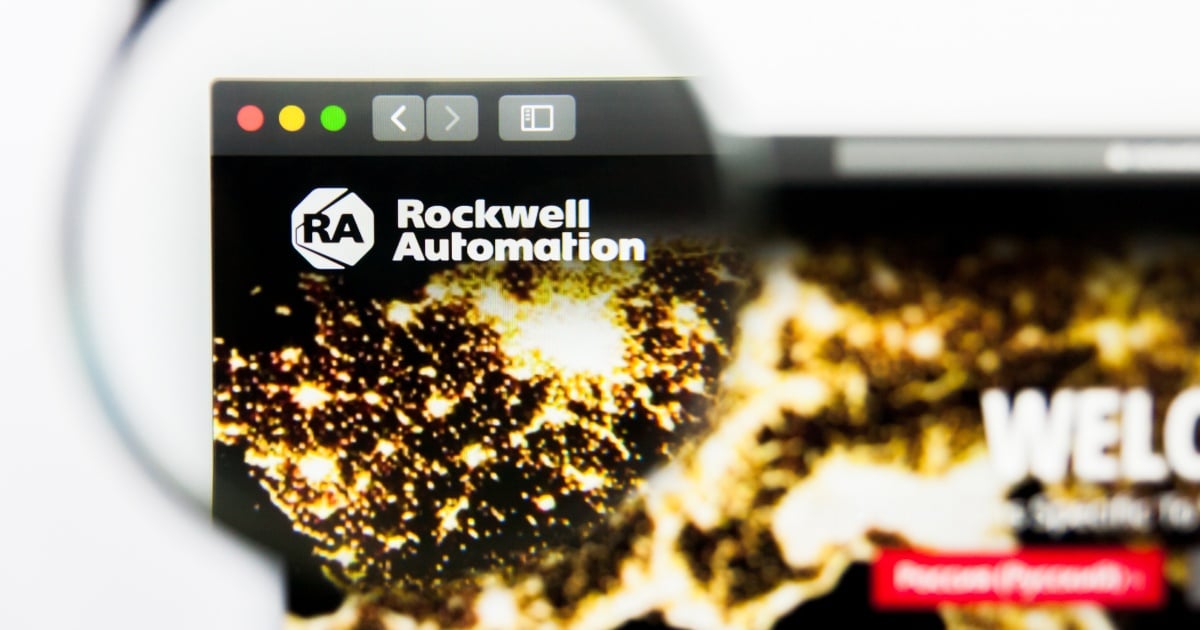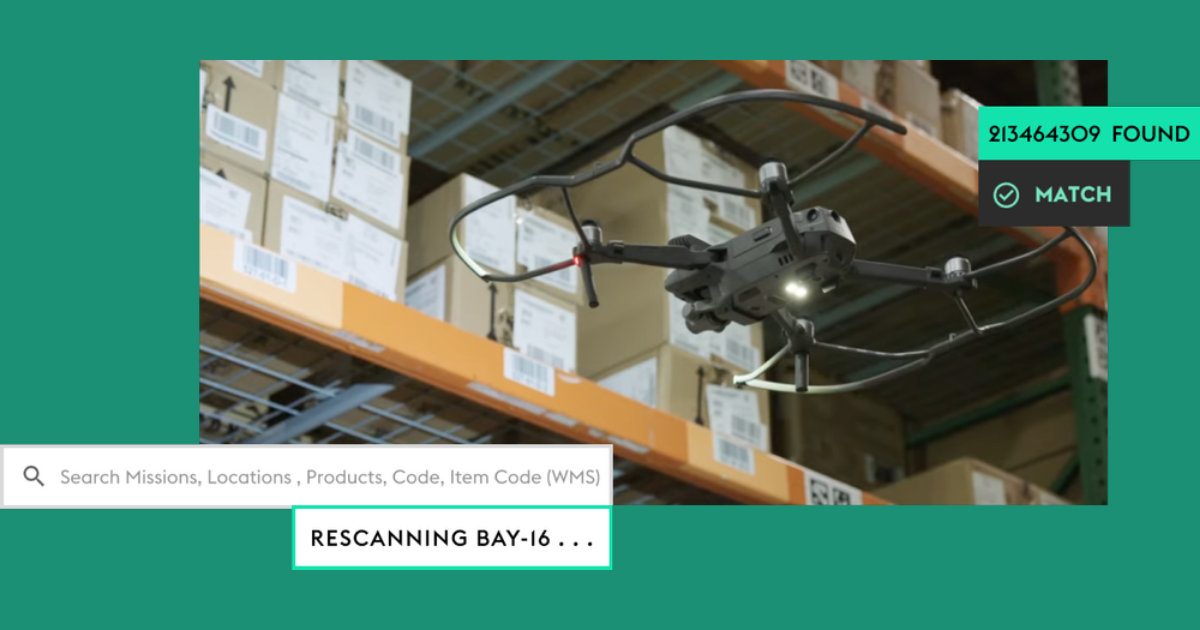
As global demand for goods of all kinds continues to grow, factories are under increased pressure. This rising need means that downtime can be hugely expensive — by some estimates, it may cost a factory as much as $260,000 per hour.
Factories avoid downtime by using maintenance strategies — like preventive maintenance — that can keep their equipment running as long as possible. However, these strategies have limitations — it's not uncommon for them to miss machine issues that eventually lead to failure and downtime.
Advanced tech enables new techniques — like predictive maintenance — that can be much more effective.
Here is how industrial internet of things (IoT) devices are improving predictive maintenance techniques.
What Is Predictive Maintenance?
Most factories without advanced tech use preventive maintenance strategies. Every so often, a technician comes to inspect each piece of equipment. If something needs to be fixed, is about to break or is starting to wear down, the factory can fix it right away or schedule maintenance. If you have advanced notice on when a machine is going to fail, you have a better chance of preventing expensive downtime.
Predictive maintenance builds on this strategy. Managers can use analytics software — often one that uses artificial intelligence or big data analytics — to construct a predictive model that can tell when a machine needs maintenance or is on the verge of failure. Companies do this by collecting the appropriate information from devices as they operate.
With a predictive maintenance system in place, a factory can have the closest thing possible to advanced notice on machine failure. This information can help factory managers, lowering the risk of downtime or machine failure that can easily damage other equipment or injure workers.
Some advanced predictive maintenance systems can even shut down machines automatically if they start behaving in a way that suggests failure is imminent. This ability further cuts back on the risk of downtime, damage or worker injury.
What Is the Internet of Things?
The Internet of Things (IoT) can refer to just about any device that connects to the internet to send or receives data. If you have a personal home assistant or a piece of tech that's "smart" — like a smartwatch, smart thermostat or smart camera — then you may already own an IoT device.
In industry, IoT is mostly used for two purposes — collecting information and remotely controlling equipment. The sensors people use to collect information usually track data about a machine's operating conditions, like vibration, machine timing, temperature or pressure. This data can then travel to the cloud or a local server farm outfitted with a predictive maintenance platform that can process this information.
In predictive maintenance, IoT sensors make up the critical data collection infrastructure that allows the system to analyze machine function. These sensors can develop an understanding of how operating conditions relate to machine function — like what variables at which values may signal imminent failure. These devices usually collect this data frequently — sometimes, as often as every minute or second.
How Does IoT Improve Predictive Maintenance?
The AI and big data algorithms within predictive maintenance strategies are excellent at finding patterns in vast amounts of data. However, they can only work well if you have large quantities of up-to-date and accurate info. This factor is why industrial IoT (IIoT) devices are so useful in these applications. It's possible to outfit a factory with data-tracking IoT devices that can update factory datasets frequently.
With the best data set available, you can build the best possible predictive algorithm. A good algorithm will be more accurate and help factory managers respond even faster to equipment issues.
IIoT is also relatively user-friendly and modular. Factory owners can develop an IoT predictive maintenance system with easy-to-acquire electronics.
For example, air compressors are a very common piece of industrial equipment. These devices pump high-pressure air, refill gas cylinders, clean dust out of sensitive equipment and power pneumatic instruments. Laying down the basics of a compressor predictive maintenance strategy with IoT isn't hard to achieve.
With the right tools — like an input/output rack and controller, power supply and simple sensors — you can set up an IoT system that tracks variables essential to compressor function, like motor temperature, vibration, motor current and dew point.
Many IIoT sensors can also be retooled for multiple applications. If a factory wants to monitor one piece of equipment at a time, it's not a huge challenge for them to uninstall the IoT sensor and reinstall it where it's needed. IIoT predictive maintenance systems are typically easy to scale up.
Once you have a platform in place that can analyze IIoT data and make predictions, adding more sensors to the system — to monitor extra pieces of equipment or provide more detail — isn't difficult.
The Basics of IoT-Based Predictive Maintenance
Factories, while under growing pressure to produce more goods, have developed advanced ways to keep machines functioning and prevent downtime. A predictive maintenance strategy, especially when it uses flexible IoT sensors, is one method that can be highly effective.
Edited by
Ken Briodagh





